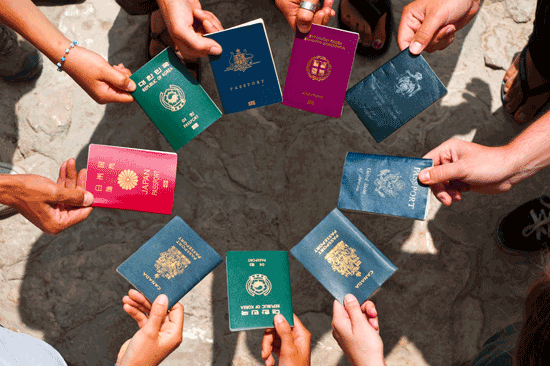Student Migration Crackdown: What Student Crackdowns in Australia and Canada Mean for Prospective International Students
- Nafisa Labib
- Aug 5, 2024
- 3 min read
Updated: Nov 26, 2024

SUBANG JAYA - In June of this year, students and academics woke up to news of Australia announcing doubled visa fees for international students, a move made in attempt to control the pressure on the tight housing market due to increased migration to the country. Australia remains a popular destination for prospective undergraduate and graduate students worldwide, with Malaysia not being an exception.
Starting July 1, the former international student visa fee of 710 AUD has increased to 1,600 AUD, and individuals with temporary-graduate and visit visas have been effectively banned from applying for a student visa aground. In Australia, according to CNBC, official data from March revealed that net immigration increased to 60 percent, rising to 548,800 people in the year until September of the year prior.
The rise in fees also makes Australia more difficult to apply to for students, while other popular student countries like the U.S. and Canada remain far cheaper at 185 USD and 150 CAD respectively.
Since late last year, Australia has been taking such measures to curb numbers after annual migration skyrocketed since 2022 post COVID-19. The savings amount required for international students increased from 24,505 AUD to 29,170 AUD in May of this year, seeing a second increase in a span of seven months, while English language requirements were also tightened back in March.
For Australia’s economy and universities, two factors that rely heavily on international student fees, the government’s policy changes could be detrimental, said Universities Australia CEO Luke Sheehy to CNBC.
In a similar move, quoting housing issues and increased immigration, in January, Canada’s Prime Minister Justin Trudeau’s government proposed cutting international student permits by 35 percent from the year prior, expecting to limit population increases that occurred post-pandemic and subdue public annoyance regarding the aforementioned housing shortages. This cap on student permits would be effective for two years starting this year.
The proposals are set to limit work permits given to foreign students following graduation as is done by certain institutions, as the permits are often used to obtain permanent residency, as observed in Australia as well. Those pursuing master’s and post-graduate degrees would only be eligible for work permits with a three-year duration. Spouses of those studying these degrees will also be ineligible for permits, and acceptance of 2025 study permit applications would be reassessed at the end of this year.
Following the announcement of the new restrictions in place, student visa applications and requirements thereof were put on hold as the government put into place newly allocated permits in institutions. Overall, this move by Canada made the country less attractive to prospective students and people intending to use education as a lever toward permanent residency.
According to The Financial Post, the cap on student visas has been planned to commence in full effect from the second half of the year, with new data showing that the policy would help in discontinuing the continual record-breaking mounting quarterly migration numbers.
What does this mean for students wishing to migrate overseas for a better education and opportunities? Is this the end of their dreams? The answer stands vague, and complex.
As colleges in Canada brace themselves for financial breakdowns from the reduced student numbers, the crackdowns in Australia have already been affecting students pursuing postgraduate degrees, as students report needing to wait over a year for their visa, and by the time the visas are granted, the PhD or degree offers would have already expired. The aim for these countries is to limit students intending to permanently reside in their lands using schooling there as leverage to acquire said residency. In the same report by The Guardian, Southeast Asian countries are facing the effects more harshly, as ingenuine study documentation from certain regions in these countries is rampant.
Those intending to simply study, get a degree, and move back or on to another destination can keep their hopes up and apply accordingly while keeping their expectations of being granted a visa, or even acquiring residency later on, low.




Comments